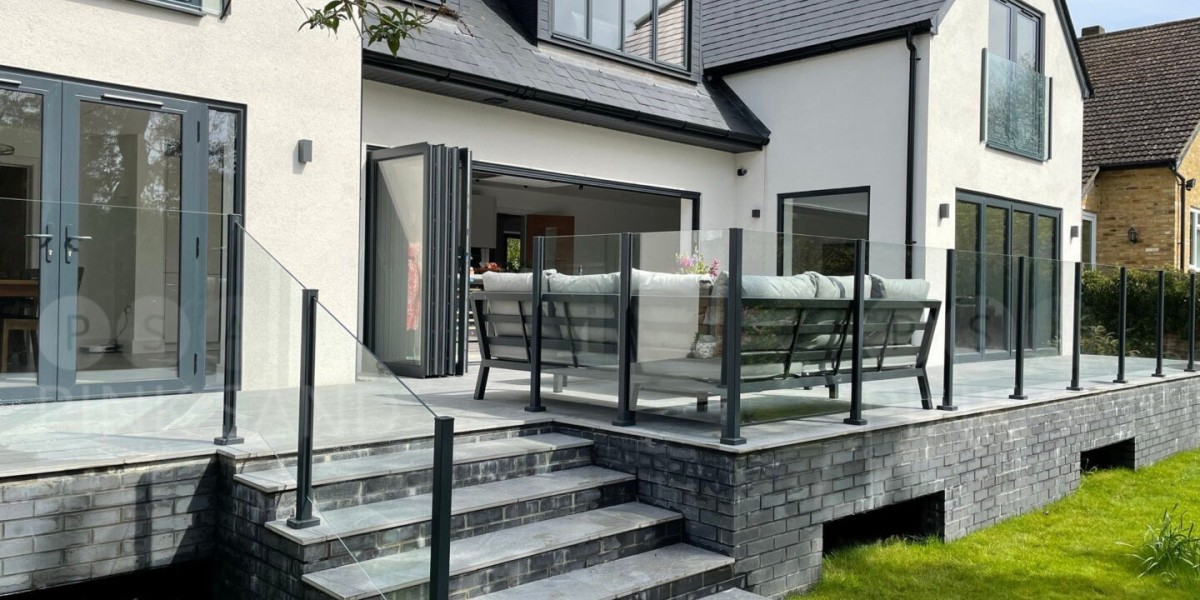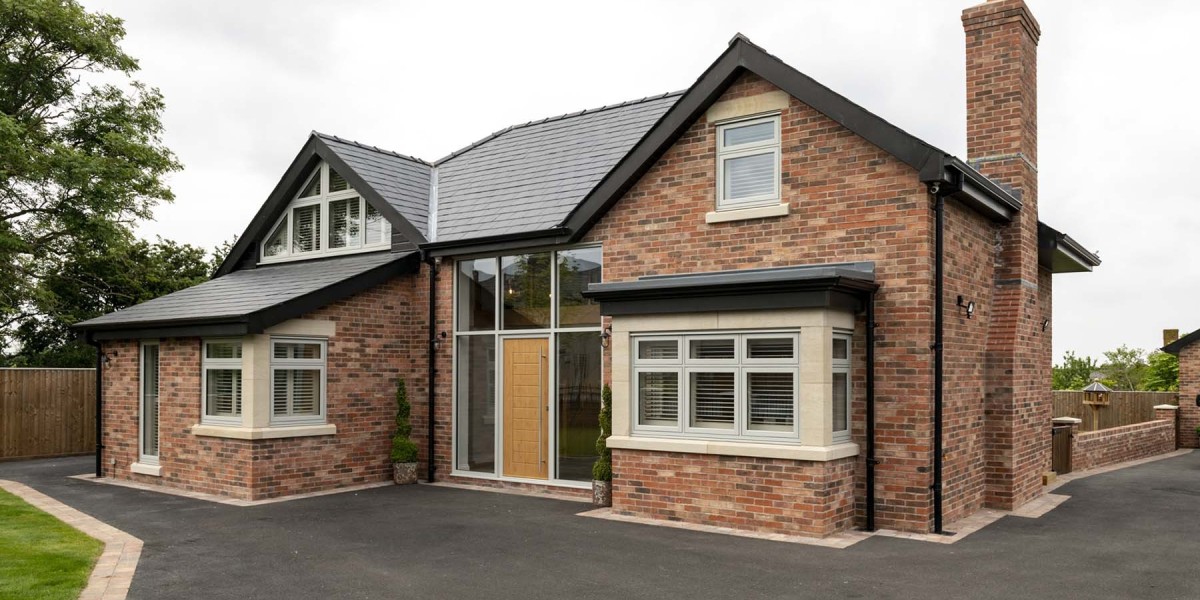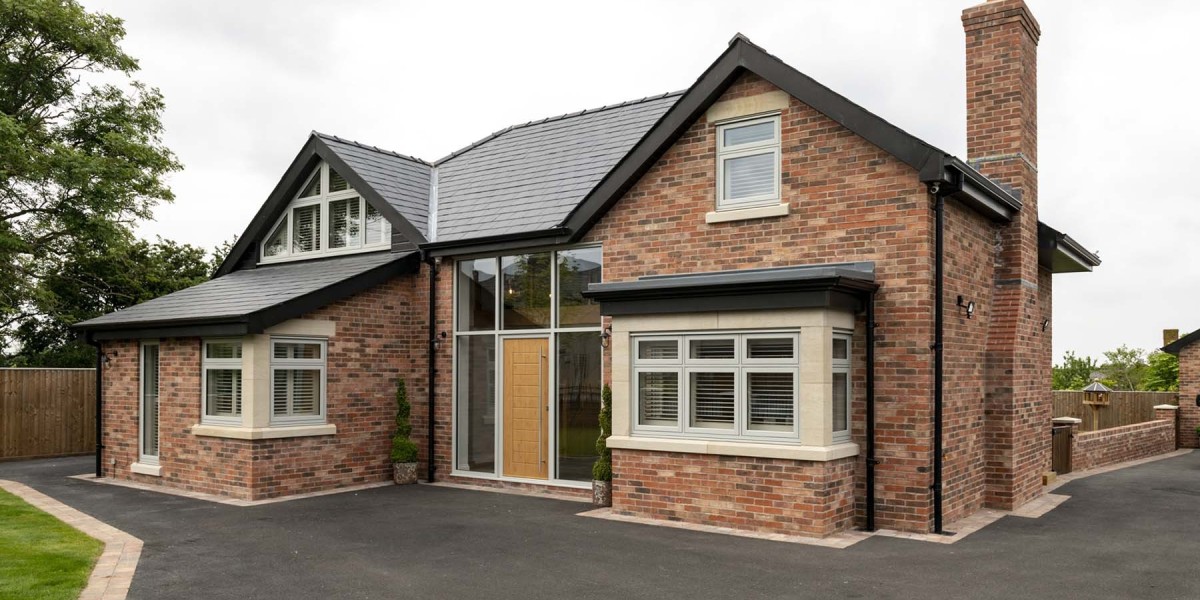
In recent years, double glazing has become an essential feature in modern homes, offering superior insulation, energy efficiency, and noise reduction. As technology continues to evolve, the installation process for double glazing has also seen significant advancements, making it easier, faster, and more effective than ever before. This article explores the latest developments in double glazing installation, highlighting the innovative techniques and materials that are transforming the industry.
One of the most notable advancements in double glazing installation is the introduction of pre-fabricated window units. Traditionally, double glazing involved on-site measurements and custom fabrication, which could be time-consuming and prone to errors. However, manufacturers have begun producing standardized, pre-fabricated window units that can be easily transported and installed. These units are made to precise specifications and can be quickly fitted into existing frames, significantly reducing installation time and labor costs.
Additionally, the use of advanced materials has revolutionized the performance of double glazing. Modern double-glazed units are often constructed with low-emissivity (Low-E) glass, which reflects heat back into the room while allowing natural light to enter. This technology not only enhances energy efficiency but also improves the comfort of living spaces. Furthermore, the introduction of argon or krypton gas between the panes of glass has improved thermal insulation properties, making homes warmer in winter and cooler in summer.
The installation process has also benefited from the development of innovative sealing technologies. Traditionally, double-glazed units were sealed with silicone or other adhesives, which could degrade over time and lead to condensation between the panes. Newer methods utilize advanced spacer bars and warm-edge technology, which reduce heat transfer and improve the longevity of the seals. These improvements not only enhance the performance of double glazing but also contribute to the overall durability and lifespan of the windows.
Another significant advancement in double glazing installation is the use of digital tools and software. Many installers now utilize computer-aided design (CAD) software to create precise measurements and layouts for window installations. This technology allows for accurate planning and reduces the likelihood of mistakes during the installation process. Additionally, some companies have adopted augmented reality (AR) and virtual reality (VR) technologies to visualize how different window styles and configurations will look in a home before installation. This not only helps homeowners make informed decisions but also streamlines the installation process.
The rise of smart home technology has also influenced double glazing installation. Many modern double-glazed windows come equipped with smart sensors that monitor temperature, humidity, and even air quality. These sensors can provide homeowners with real-time data, allowing them to optimize their heating and cooling systems for maximum efficiency. Some systems can even be integrated with home automation platforms, enabling users to control their windows remotely. This level of connectivity and control enhances the overall user experience and adds value to the property.
Moreover, the trend towards sustainability and eco-friendly building practices has led to the development of environmentally friendly double glazing options. Manufacturers are increasingly using recycled materials in the production of window frames and glazing units, reducing the carbon footprint of the installation process. Additionally, some companies offer products that are certified by environmental organizations, ensuring that they meet strict sustainability standards. This focus on eco-friendly practices not only appeals to environmentally conscious consumers but also aligns with global efforts to combat climate change.
In terms of installation techniques, the industry has seen a shift towards more efficient and less invasive methods. Traditional double glazing installation often involved removing existing frames and extensive renovations. However, advancements in retrofitting techniques now allow for the installation of double-glazed units within existing frames, minimizing disruption and reducing waste. This approach not only saves time and money but also preserves the aesthetic appeal of older homes.
Furthermore, the training and certification of installers have improved significantly, ensuring that homeowners receive high-quality service. Many companies now offer specialized training programs for their installers, Clean-Pro focusing on the latest techniques and technologies in double glazing installation. This emphasis on professional development not only enhances the skills of installers but also instills confidence in homeowners, knowing that their windows are being installed by qualified experts.
As the demand for double glazing continues to grow, so does the emphasis on customer service and support. Many installation companies now provide comprehensive warranties and after-sales services, ensuring that homeowners are satisfied with their investment. This focus on customer care has become a key differentiator in a competitive market, with companies striving to build long-term relationships with their clients.
In conclusion, the landscape of double glazing installation has undergone significant transformation in recent years, driven by technological advancements, sustainable practices, and a focus on customer satisfaction. From pre-fabricated units and advanced sealing technologies to digital tools and smart home integration, these innovations have made double glazing installation more efficient, effective, and accessible. As the industry continues to evolve, homeowners can expect even greater improvements in the comfort, energy efficiency, and overall performance of their homes through the installation of high-quality double-glazed windows. Embracing these advancements not only enhances living spaces but also contributes to a more sustainable future.






